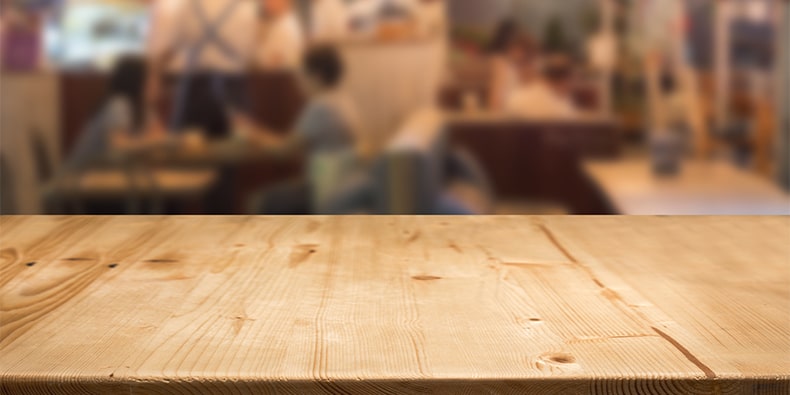What is one of the most important factors contributing towards business success? This often hinges on effective site selection. When searching for commercial space to lease, entrepreneurs need to carefully consider site location, location within the location, visibility, access, parking, signage, further expansion plans, neighbouring tenants, anchor tenants, and so on. In addition, entrepreneurs must also evaluate the unit’s size and understand that the total amount of square footage will determine the monthly rent. With a larger area, tenants will pay an increased rent.
Too Much Space?
Consider the following story: we remember consulting to one tenant leasing 8,000 square feet of space who couldn’t afford to pay the rent. We checked with his neighbouring tenants and learned that our client was, in fact, paying a similar rental rate as others in the same property. The landlord’s leasing agent had previously convinced this tenant to lease more commercial space than was actually required which increased the rental rate.
This tenant agreed with our recommendation to downsize. After repeated discussions with the landlord, we negotiated for the tenant to surrender 3,000 square feet of extra space. It was obvious to us that this area was not only unneeded but it was also causing a financial burden. Our reasoning was correct … after returning this extra space to the landlord, the tenant’s rent was reduced by $45,000/year! With our help, the tenant’s business, once again, became more viable.
Having too large of a commercial space can pose problems as can having too small of a commercial space. You don’t want customers feeling squeezed in or your store appearing cluttered with too much stock on your shelves. We remember another tenant who believed that if he could expand, his business would grow. We approached the landlord and negotiated for this tenant to lease the adjacent space for his use. There were some complications as the adjacent space was currently occupied by another tenant who had to move. Landlords do, typically, prefer to work with tenants who want to expand rather than downsize.
Additional Costs
In addition to paying your base monthly rent, you will, in most cases, will be paying operating costs or CAM (common area maintenance) fees based on a square footage basis too. It has been our experience that the main reason tenants end up leasing the wrong amount of square footage is due to availability … or lack thereof. Don’t rush your decision to lease space if there are no suitable units. If the space is too small, it will probably have less frontage as well. This gives you less storefront exposure which is critical for many commercial operations.
When choosing between locations that are modestly too big or too small, commercial tenants should almost always let their decision be made based on which space is in the better location. If the units were side-by-side or very comparable then we would lease the smaller location. Tenants who tell us their location is too small are usually making a profit—they simply want to make more money by expanding to increase their sales. Whereas tenants who tell us their location is too big often want to downsize to reduce rent payments as a means of improving their bottom line.
Shape Matters
Not only the size but also the shape of the premises must be considered from a functional perspective. In one situation, the landlord was expanding his strip mall claiming that only one CRU (commercial retail unit) was left. Unfortunately, this unit housed a large utility room in the back. This would make the back of the space unusable for almost any tenant. Since the expansion portion of the project was only in the construction phase, we suspected the landlord still had time to adjust and move other newly-interested tenants around. We suggested to the tenant we walk away from the deal as a negotiating strategy. As expected, within a few days the landlord reconsidered his position and predictably came up with a better location with no utility room. Our client leased a much better location in the right shape and configuration for her needs—while another tenant was moved into the less desirable utility room unit.
For retail tenants, a square box is usually the best shape for a retail space. Rectangle-shaped CRUs are the most common and perfectly acceptable provided they are sufficiently wide and not too deep. Most retail tenants should not consider leasing space that is less than 18 feet in width. A minimum 20-foot storefront width will increase visibility and versatility of use.






